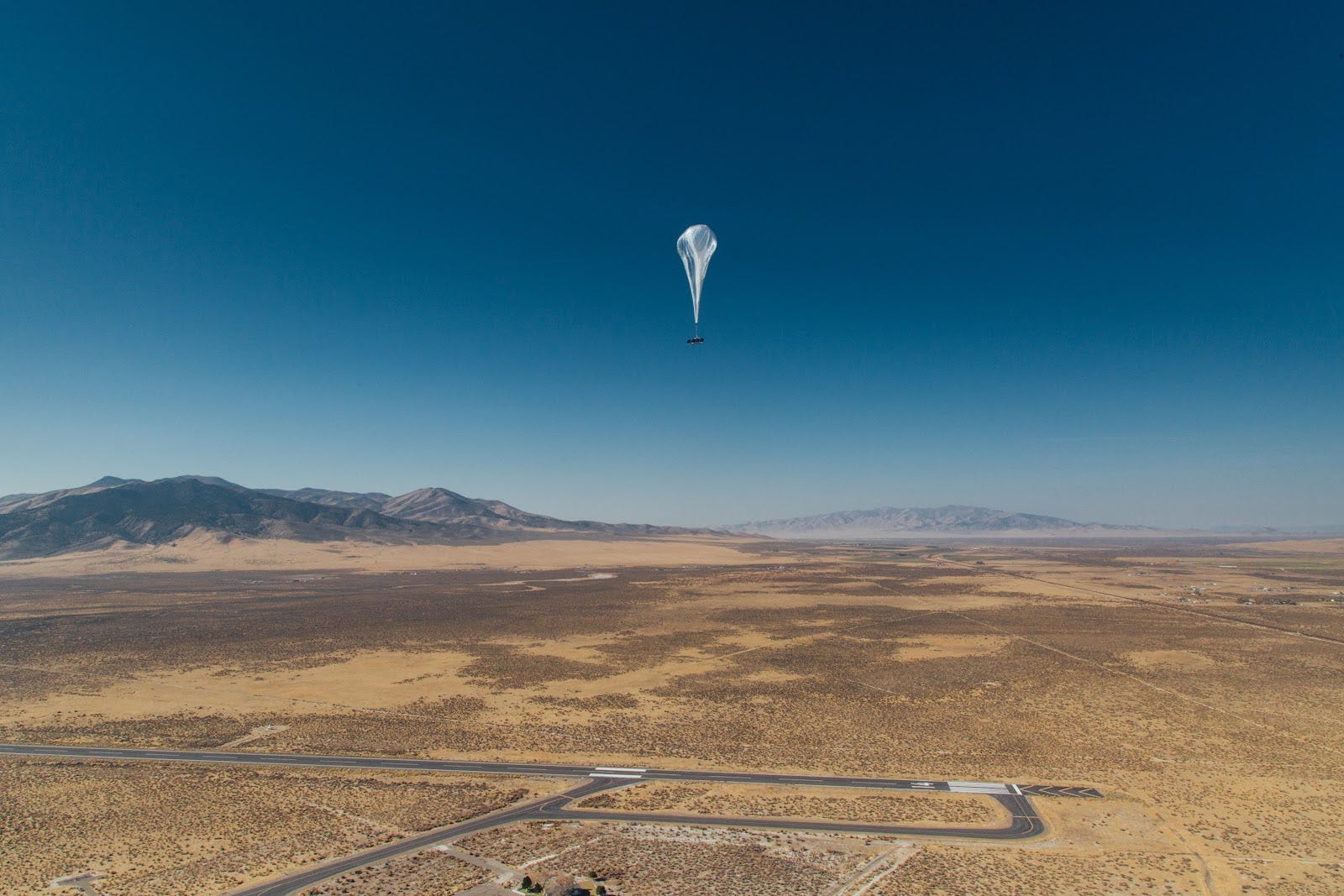Google’s Project Loon connects 100k in Puerto Rico
Although many view the Internet as a global phenomenon, more than half of the world’s population are still without Internet access. Project Loon is an initiative by Google designed to extend Internet connectivity to people in rural and remote areas worldwide, using a network of balloons traveling on the edge of space. The new technology can not only help fill coverage gaps but it can also help to bring people back online after disasters, as seen in Puerto Rico after cellphone towers were knocked out by Hurricane Maria.
“In times of crisis, being able to communicate with loved ones, emergency services and critical information is key,” – Alastair Westgarth, project lead at Project Loon

This is the second time Loon has been tested during a disaster relief effort with balloons sent to flood zones in Peru last year. The balloons have helped enable texts, emails and basic web access, however Alphabet, Google’s parent company, have stressed that Loon is still new and unpredictable despite the recent success.
How does Loon work?
Loon is a network of balloons travelling on the edge of space. The Loon balloons float in the stratosphere, twice as high as air planes and the weather. In the stratosphere, there are many layers of wind, and each layer of wind varies in direction and speed, the balloons go where they’re needed by rising or descending into a layer of wind blowing in the desired direction of travel.
Google has partnered with various telecoms companies to share cellular spectrum to allow people to connect to the balloon network directly from their phones and other LTE-enabled devices. The signal is then passed across the balloon network and back down to the global Internet on Earth.
